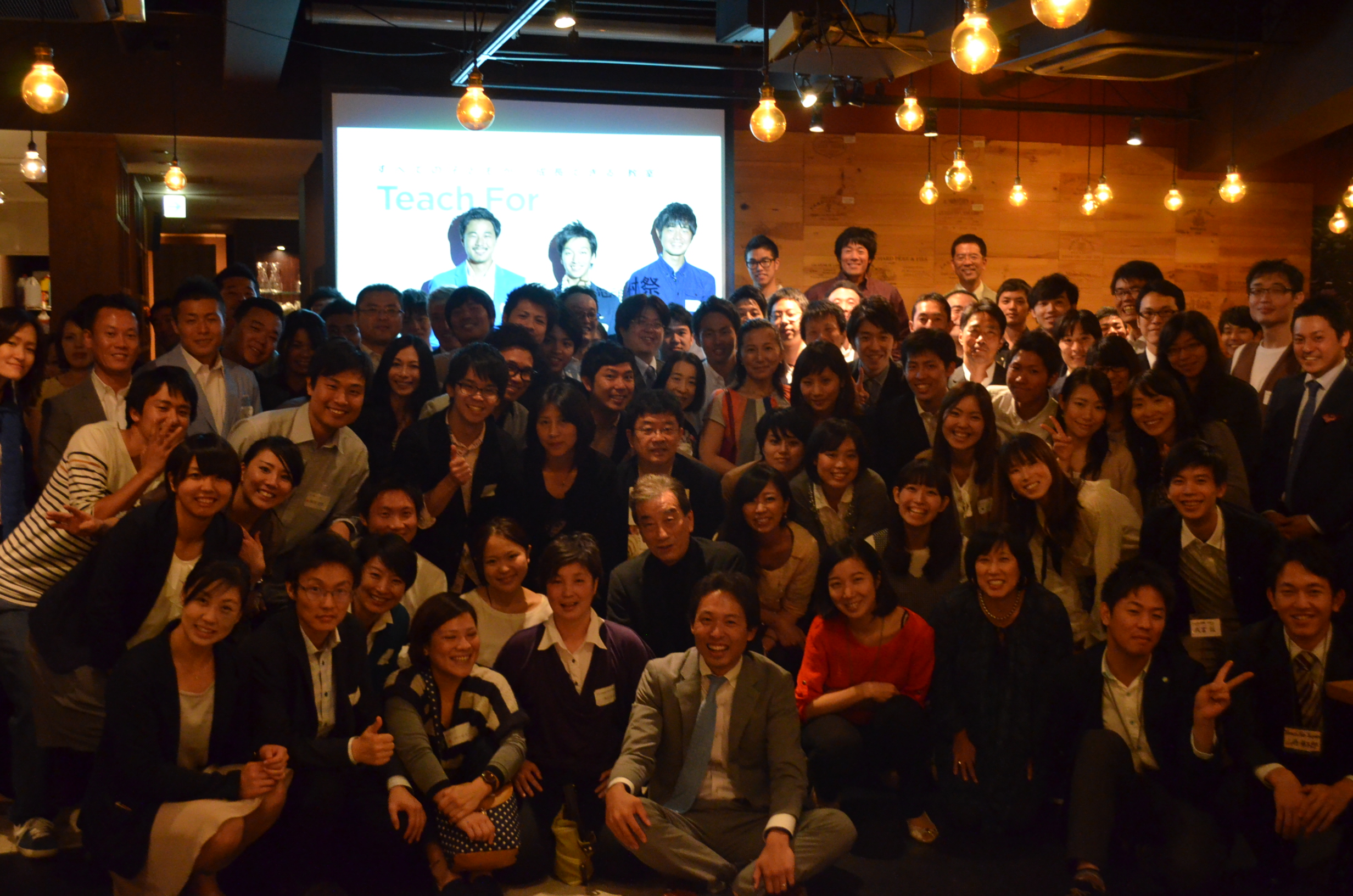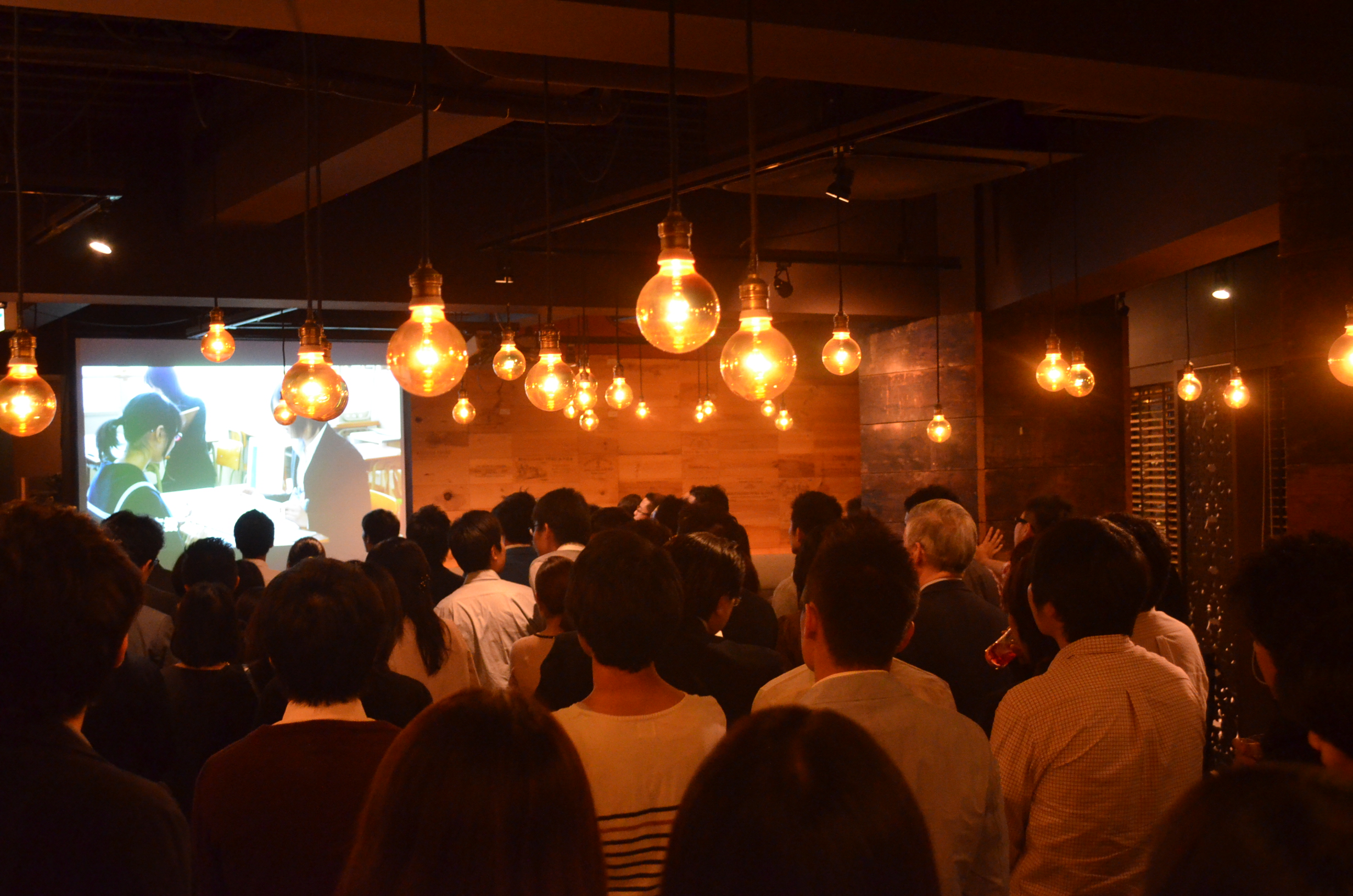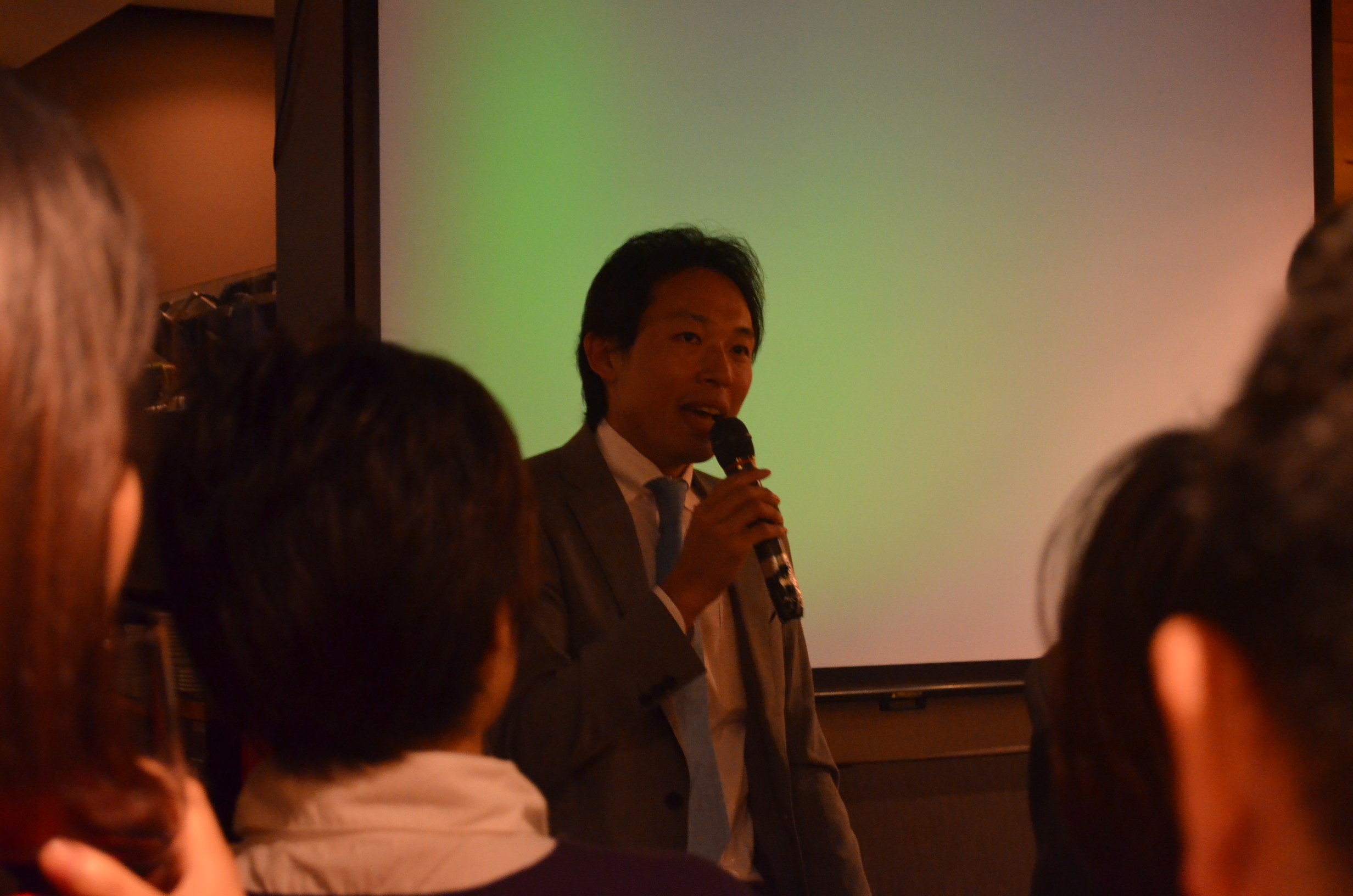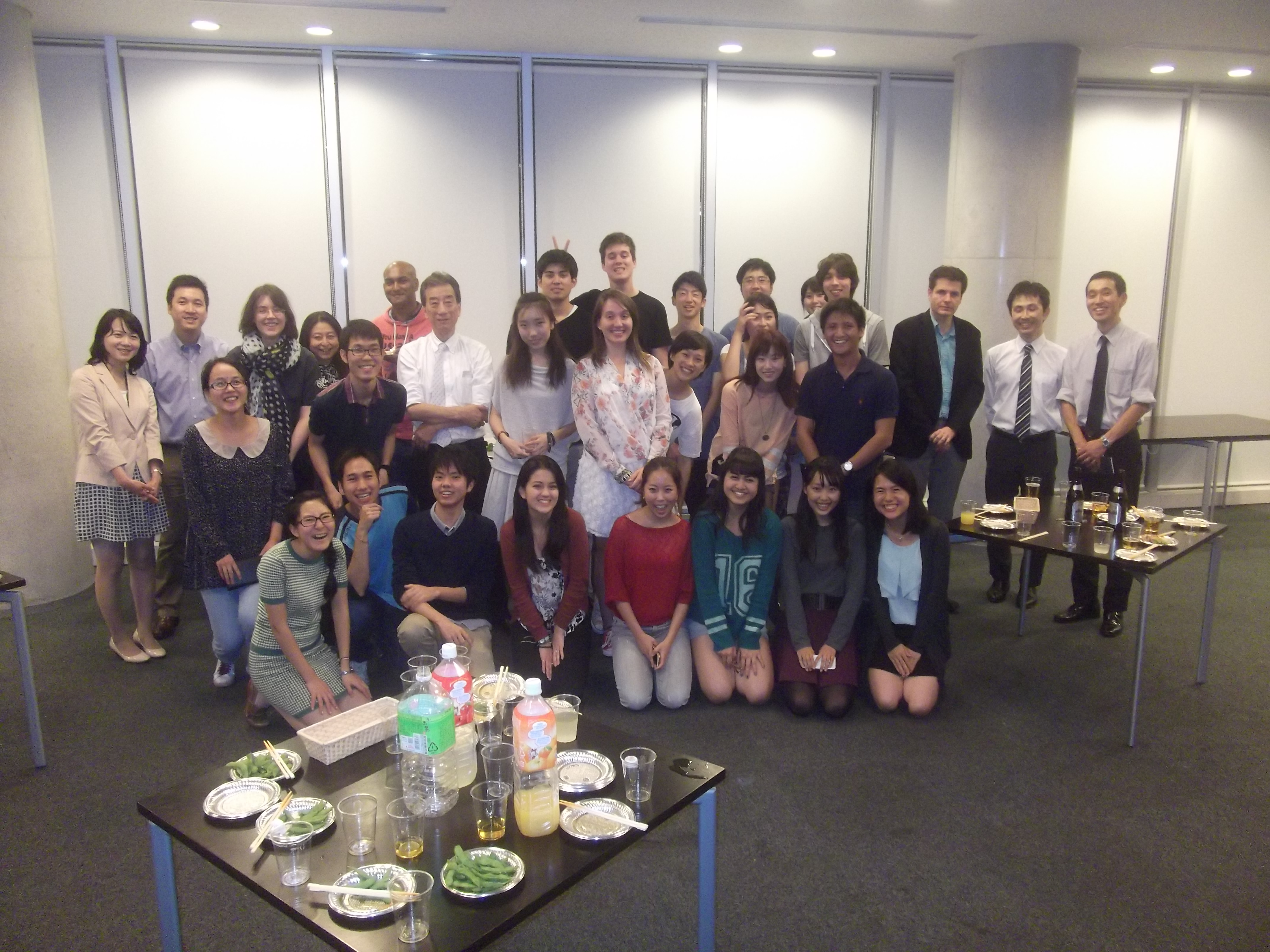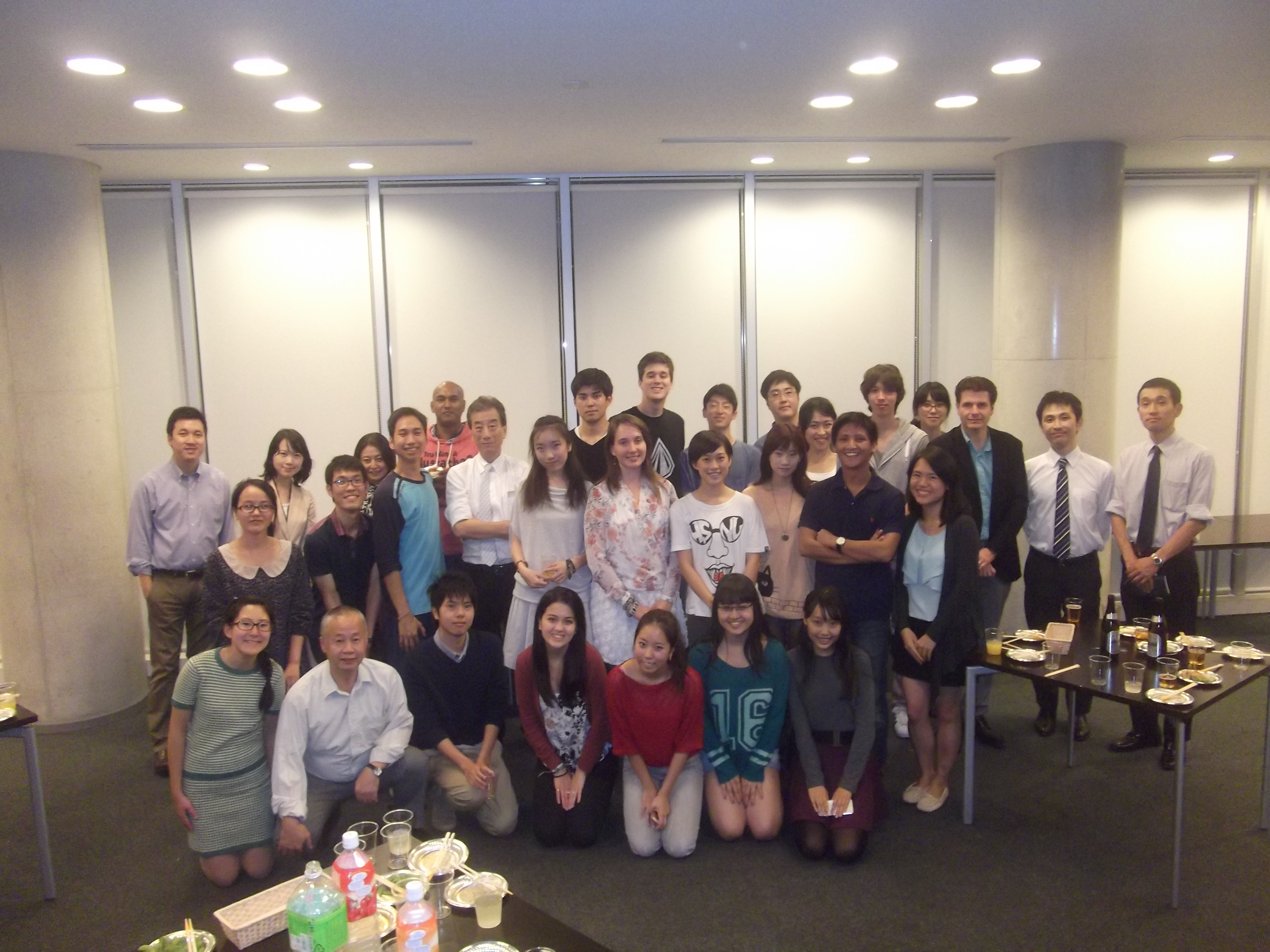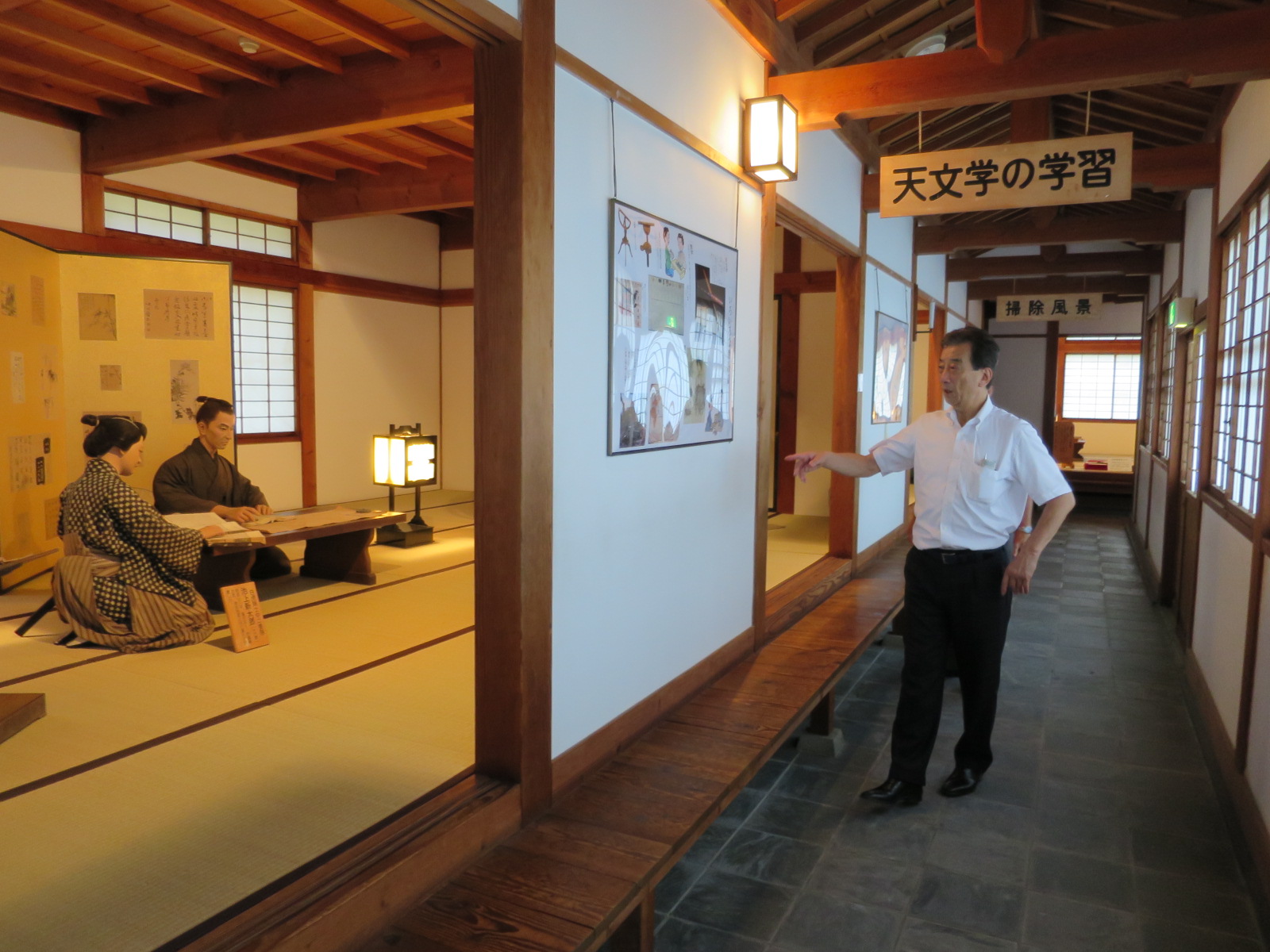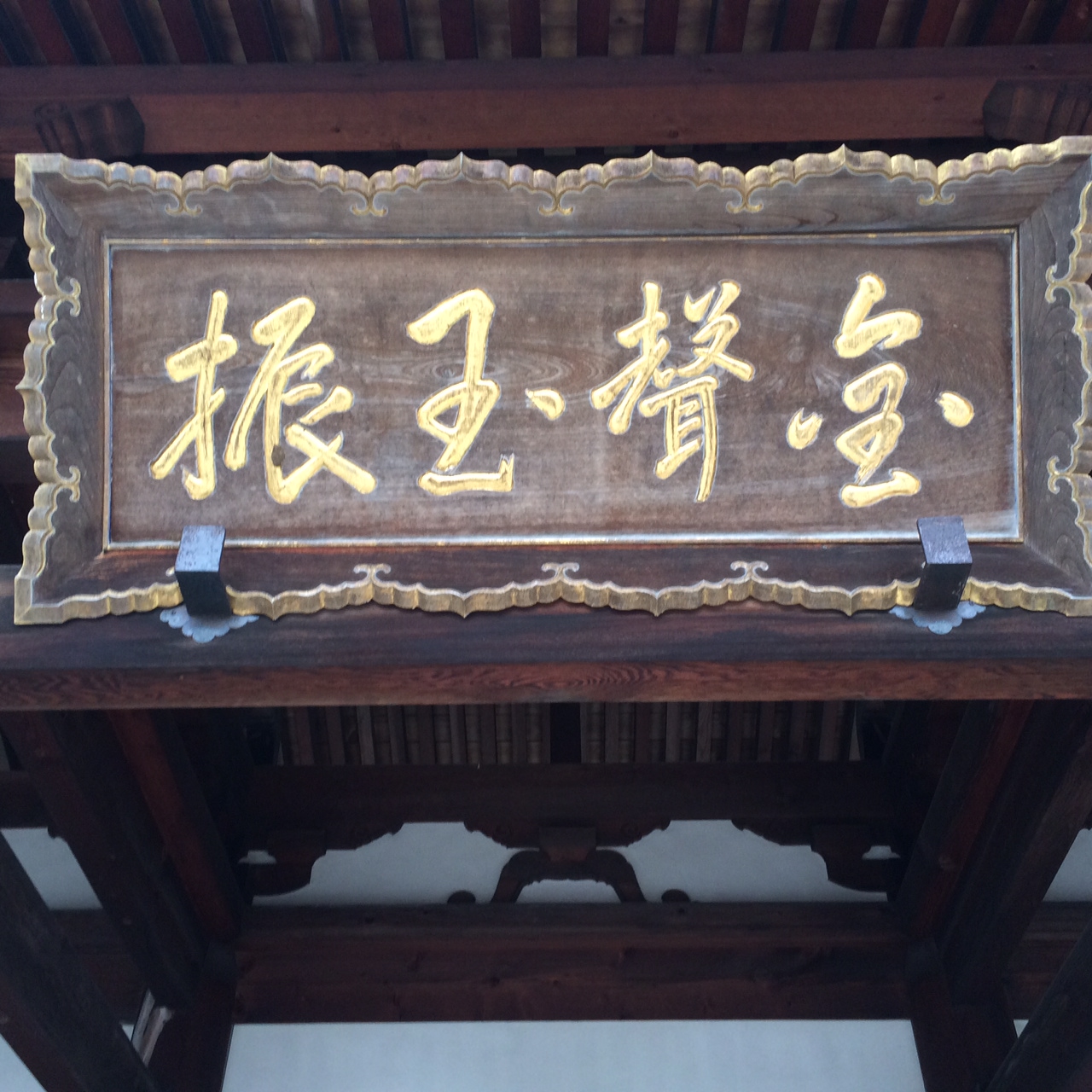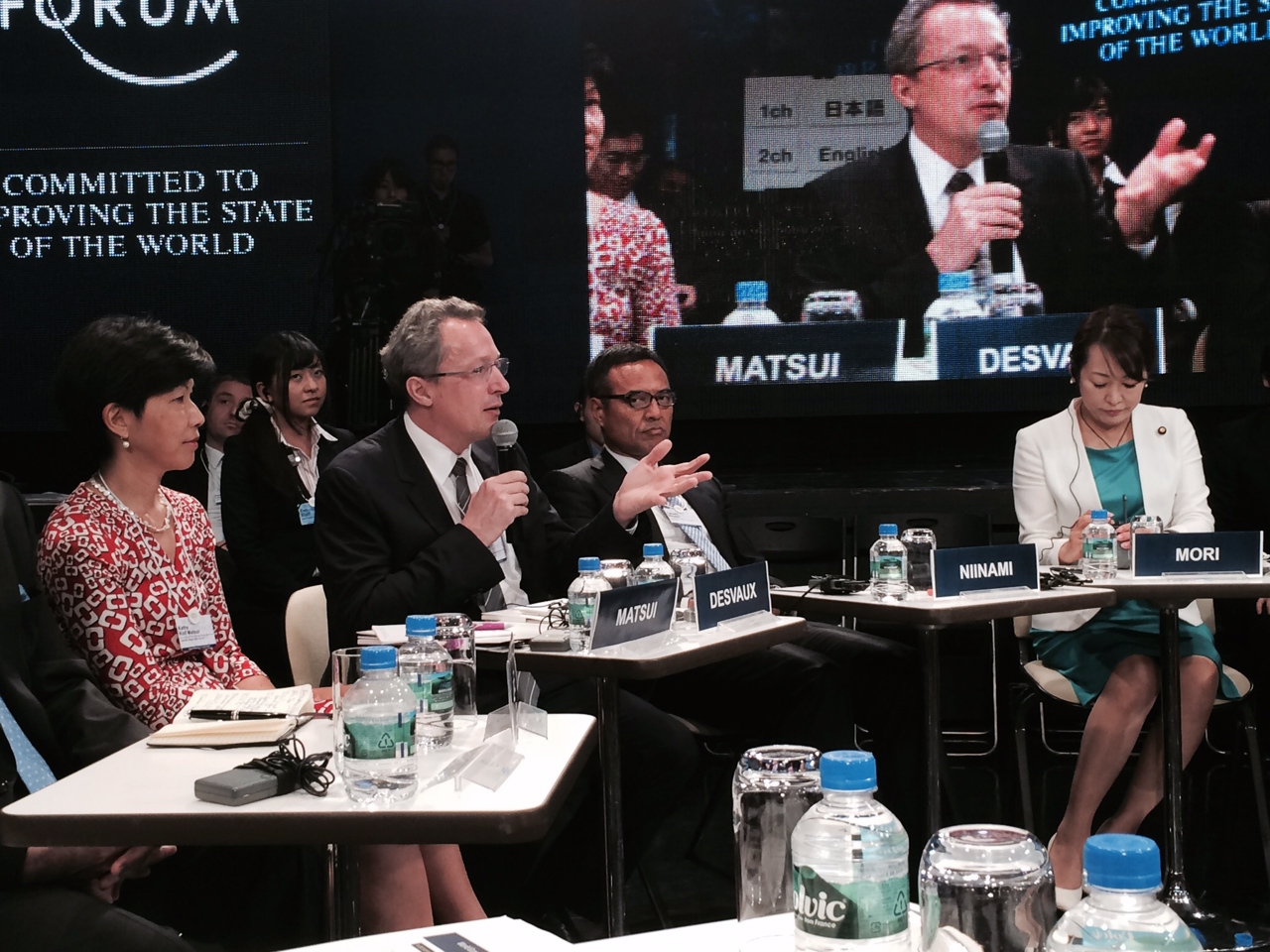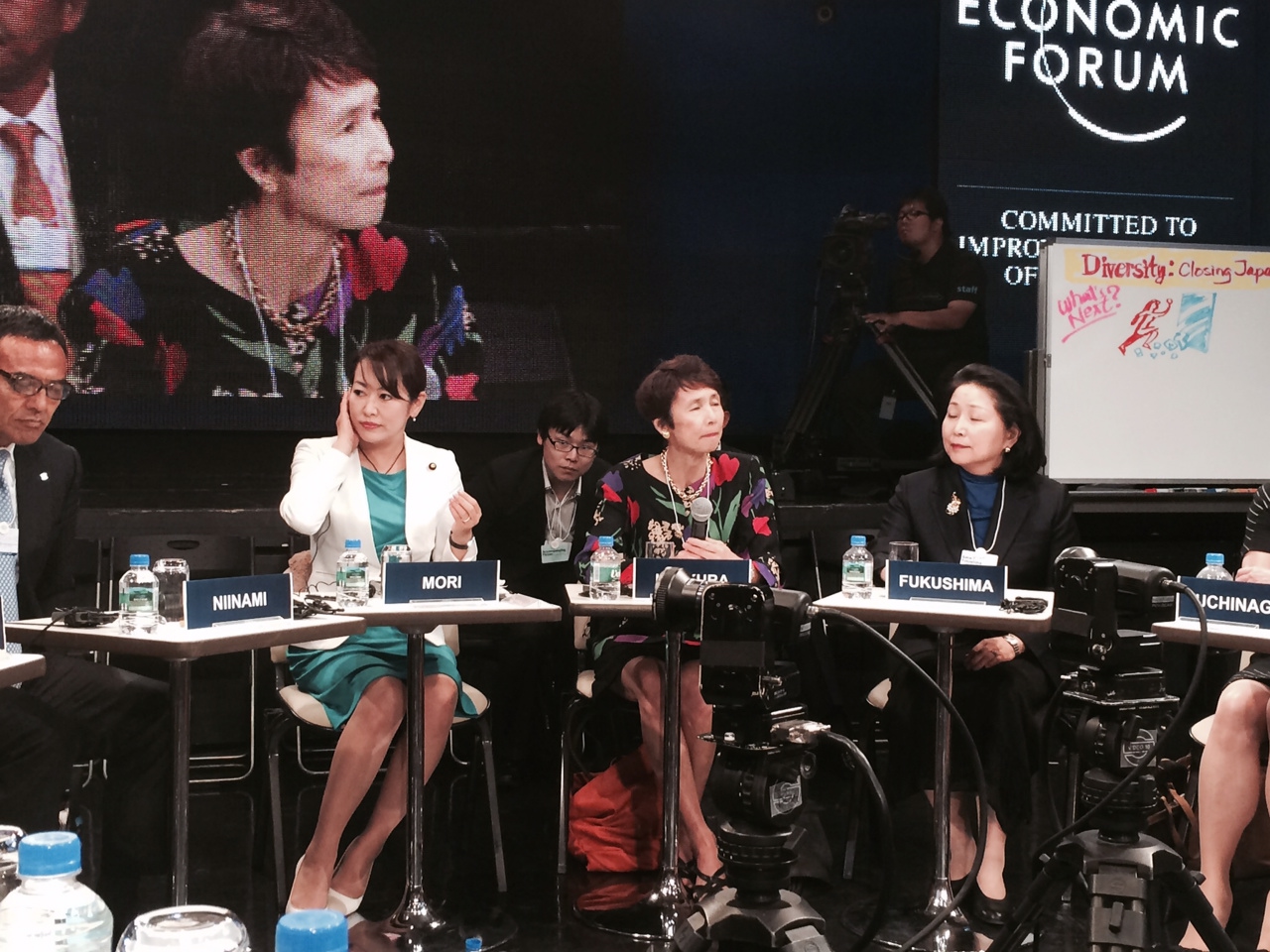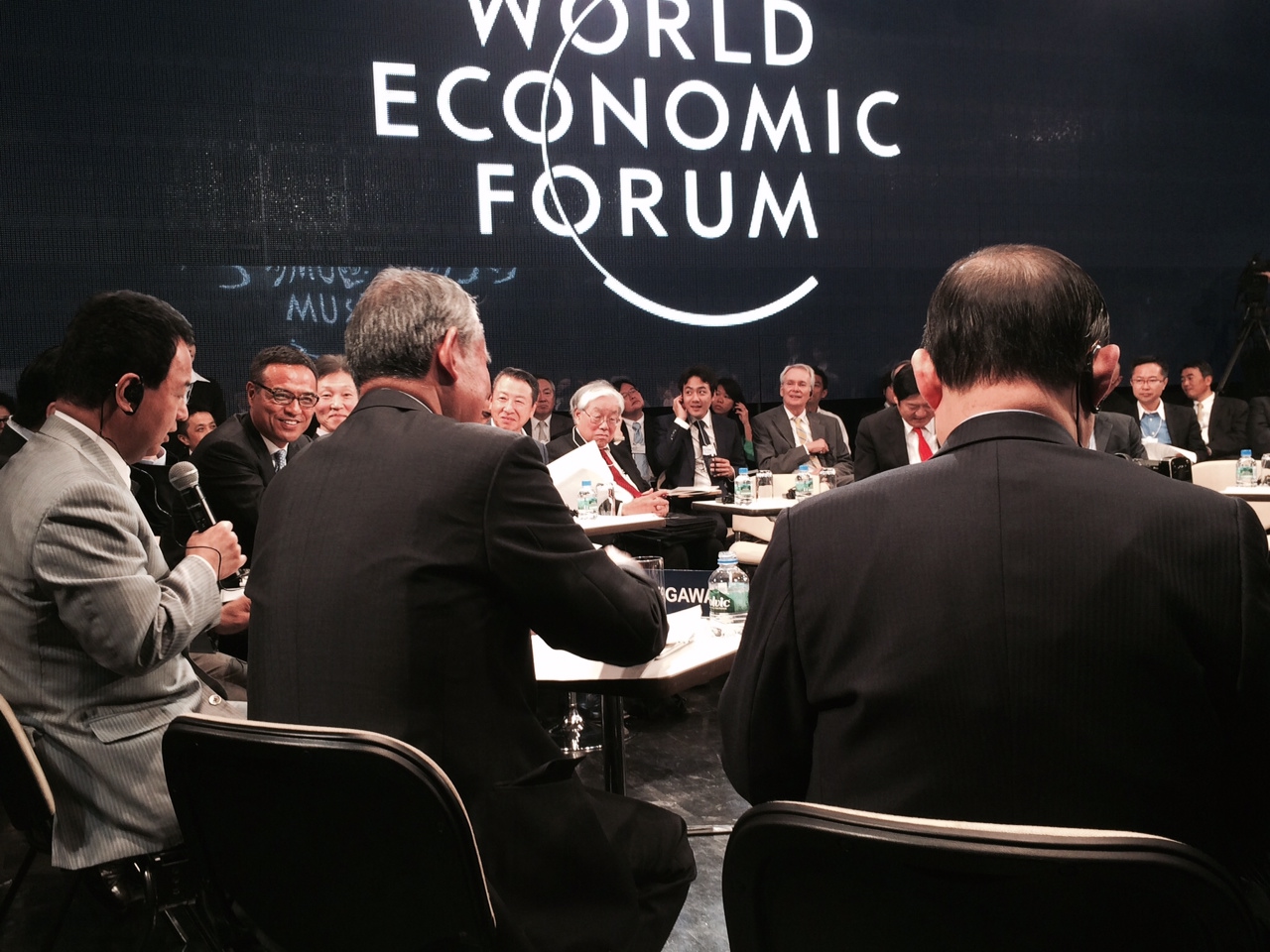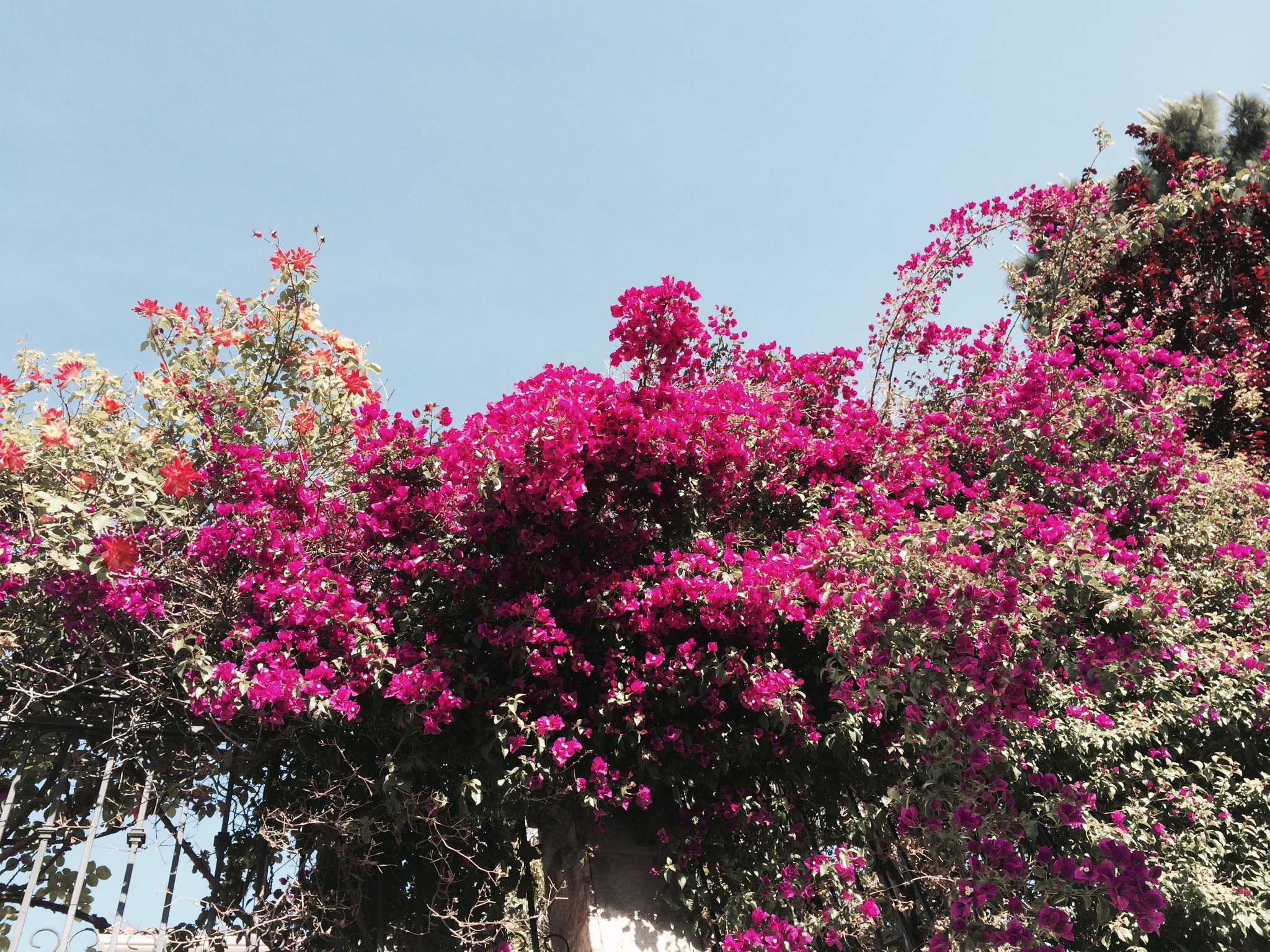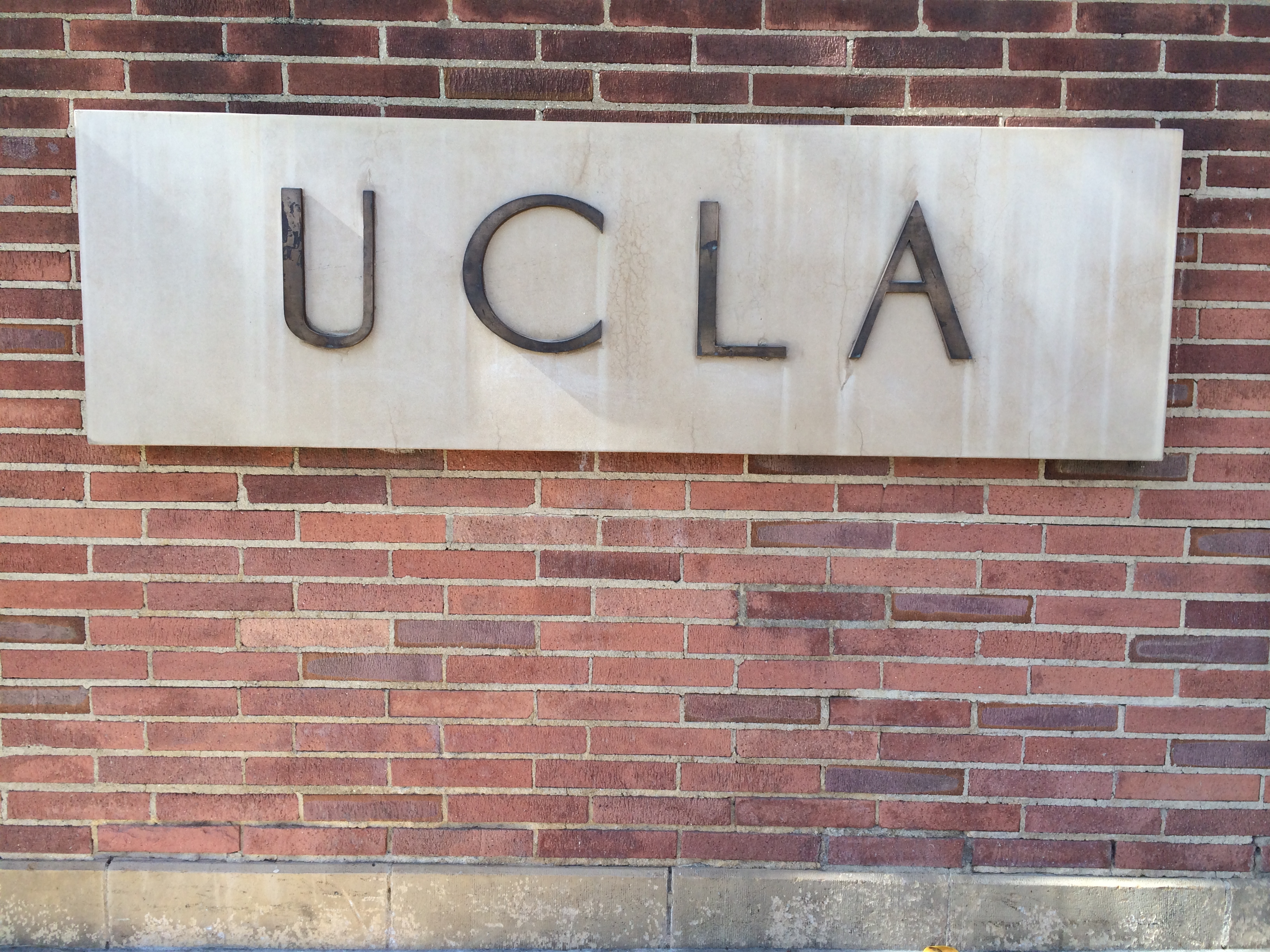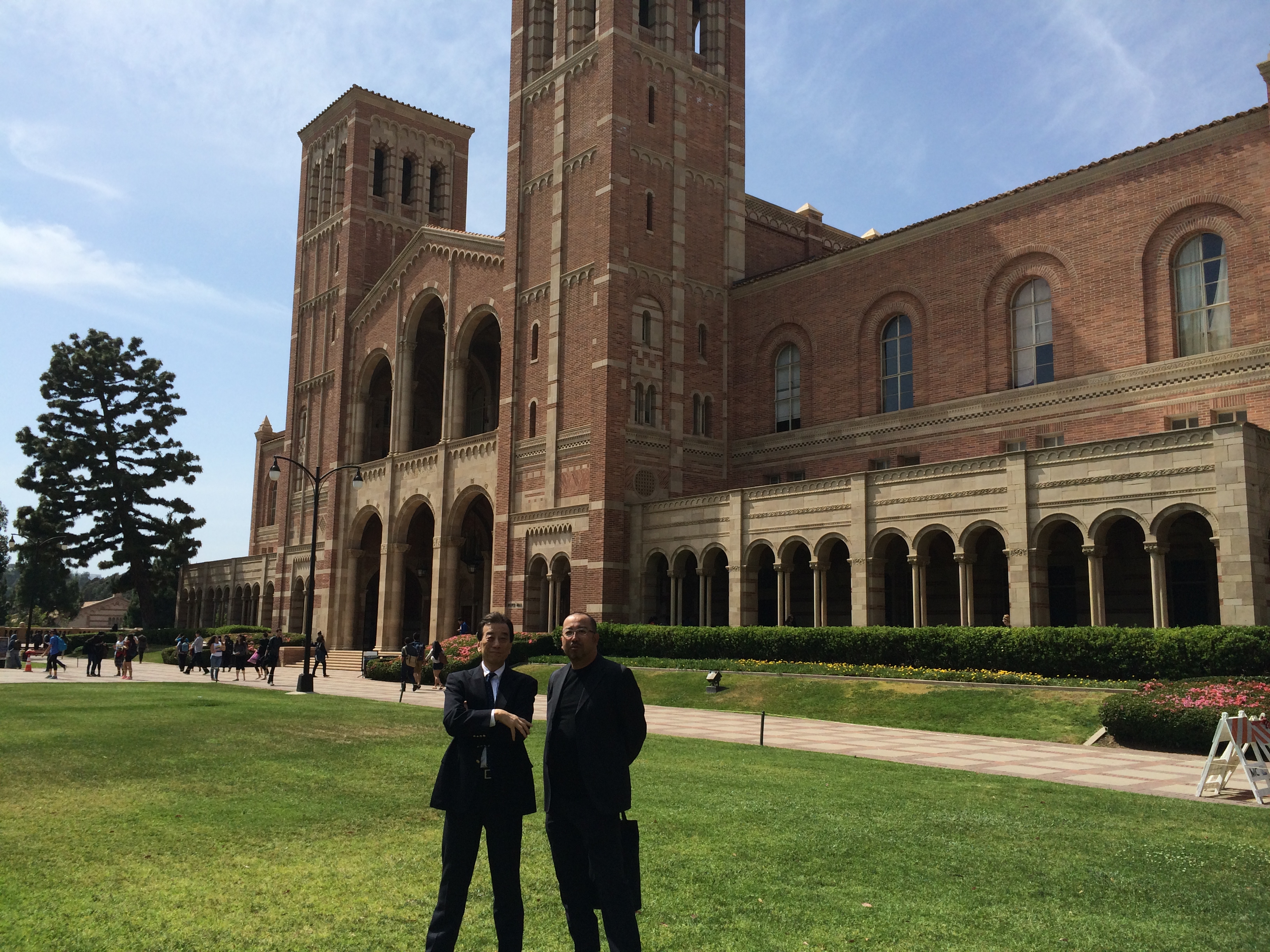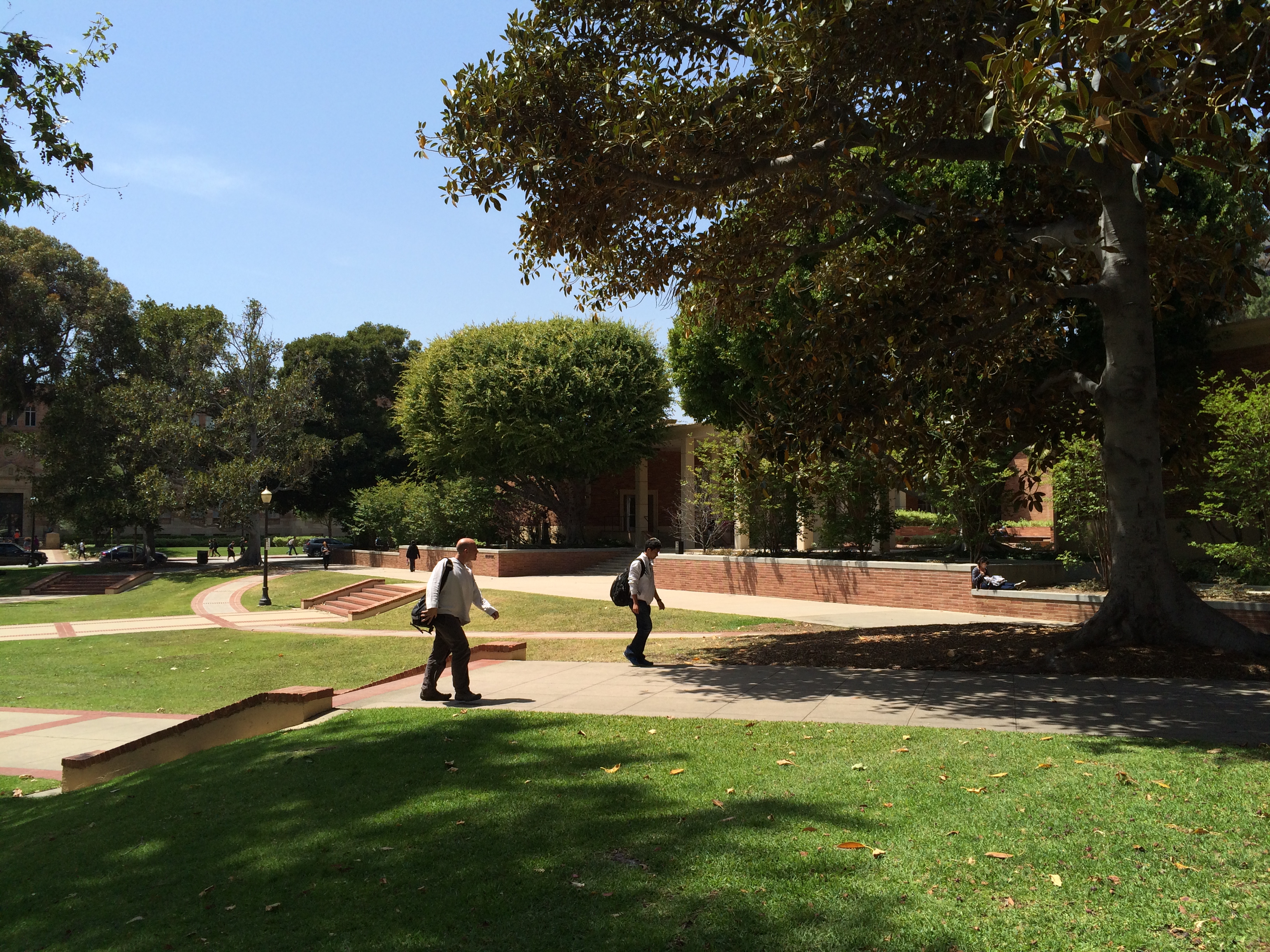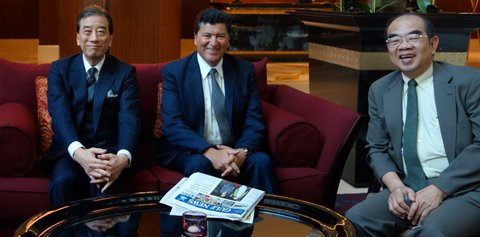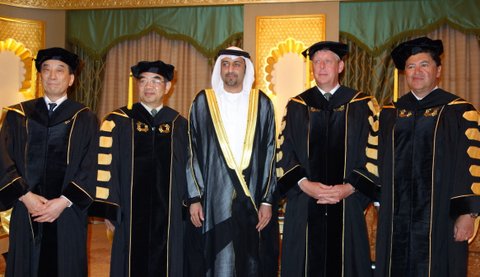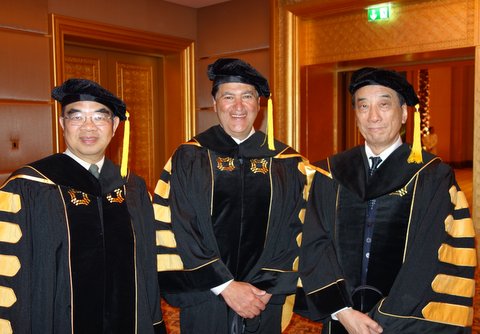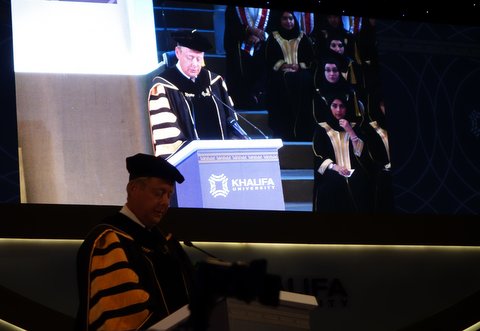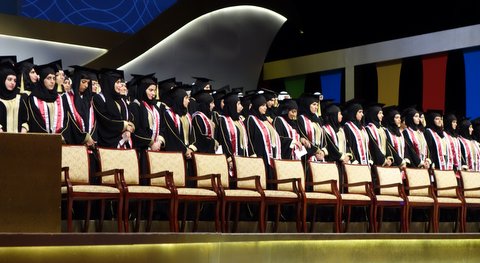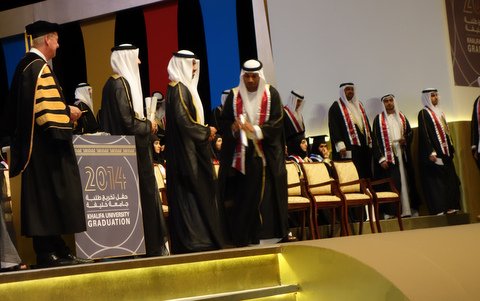It has been already four years since the sweltering summer when Yusuke Matsuda was rushing around to get the Teach for Japan project off the ground. We had a small gathering to commemorate this occasion.
I have been a big fan and supporter of Mr Matsuda ever since I found him on Twitter and have always been championing his cause (newspaper article in Japanese).
The venue was not very big nor fancy, and was packed with people, people and more people, all of whom seemed to exude passion. Needless to say, I had been invited, and even made a congratulatory speech. My message, in short, was to explain that it is not the knowledge that is crammed inside your head that is important in life, but instead the intuitive understanding that is born only out of hands-on real experience. I also remarked that maturing as a human being meant that one needed the decisiveness that is required for decision-making.
And Matsuda’s life embodies these principles. After all, what is life but a development of the experiences we had in our childhood, as our curiosity-fueled hunger for information led to serendipitous revelations and firm commitments? It is useless to only think or ponder on this thought. I believe that everything essentially boils down to a mix of real-life experience, serendipitous meetings and bold decisions.
There was also some talk from the Fellow teachers, who related their own experiences at Teach For Japan program, of making the deliberate choice to act, and I can only applaud them. It brought tears to my eyes, as I was overcome with waves of emotion. Professor Seichiro Yonekura, who was sitting beside me, a great champion of innovation and was also a fervent supporter, was also struggling to contain his tears. After all, we human beings cannot stop these spontaneous tears of an outpouring of emotion.
I really wanted people all over Japan to hear them speak. We had three Fellows speaking, one of whom talked about his activities over the past year-and-half. As they talked, their passion was conveyed to us in their words, in the reality that lie behind their stories, and just as they inspired their students who are unfortunate in being made to live in less-privileged conditions, we too were inspired all evening long.
To these wonderful young people, I can only offer my thanks, and share their vision of a brighter future for Japan.
I also thank the school teachers who accepted and have been supporting these Fellows as they work to bring about a change.
Thank you, Mr. Matsuda, and I thank your friends.
And my dear readers, I ask you for your continued support of Teach For Japan!


